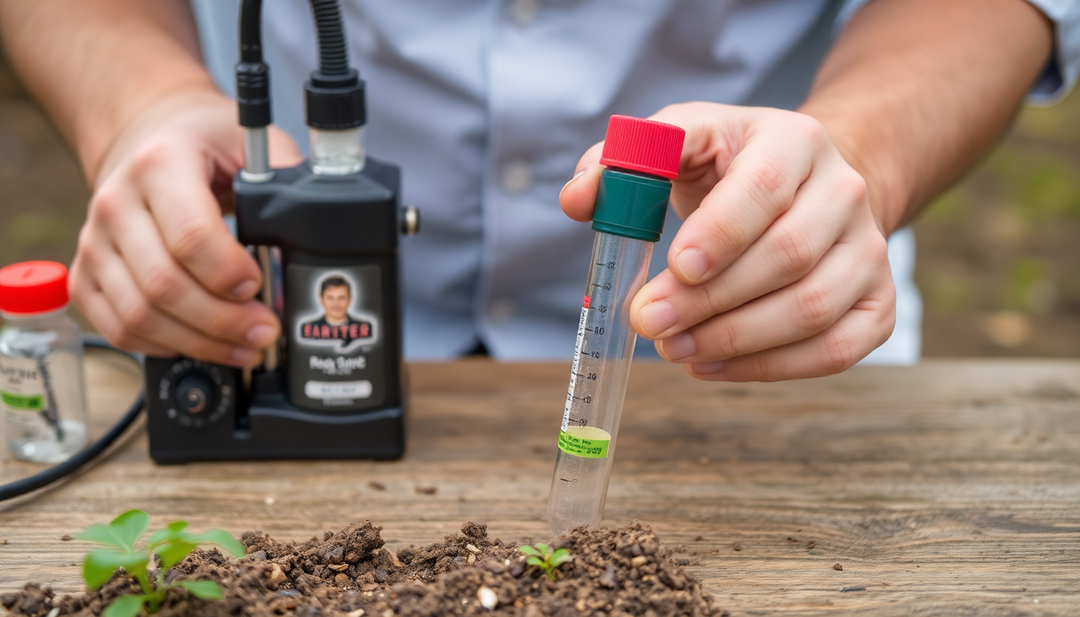Innovative Environmental Solutions for a Sustainable Future in 2025

Introduction
In 2025, the need for innovative environmental solutions is more pressing than ever. The planet is facing unprecedented challenges, including climate change, ecosystem degradation, biodiversity loss, and rapid population growth. Adopting sustainable approaches is crucial to ensuring a better future, not only for our generation, but also for those to come. This article explores the innovations shaping a more sustainable world, highlighting technologies, agricultural practices, and community initiatives that are contributing to an environmentally friendly future.
Environmental Solutions: Green Technologies
Green technologies play a key role in reducing our carbon footprint and promoting renewable energy. Here are some of the most promising innovations:
- Solar panels are becoming more efficient and less expensive thanks to technological advances, making energy more accessible.
-
Perovskite photovoltaic cells and tracking systems optimize large-scale solar power generation.
-
Offshore wind turbines harness powerful winds at sea to produce more energy, with reduced impact.
-
They offer greater capacity than land-based wind turbines while minimizing environmental and visual impact.
-
Bioenergy transforms organic waste into energy, reducing food waste and supporting the circular economy.
-
Anaerobic digestion technologies produce biogas from agricultural and municipal waste, a promising solution.
-
Energy storage systems, such as lithium-ion batteries, balance supply and demand for reliable grids.
Sustainable Mobility
The transition to sustainable modes of transportation is essential to reduce greenhouse gas emissions. Innovative solutions include:
- Electric Vehicles: The rise in electric vehicle (EV) adoption is driven by improved charging infrastructure. Governments and businesses are investing in fast-charging networks, making EV use more convenient and accessible to the general public.
- Green Public Transportation: Public transportation systems powered by renewable energy sources, such as electric buses and solar-powered trams, are rapidly developing. These initiatives aim to reduce dependence on fossil fuels while providing accessible and efficient transportation alternatives.
- Shared Mobility: Apps promoting ridesharing and car sharing are helping to reduce the number of cars on the roads. Platforms like BlaBlaCar and Zipcar make vehicle sharing easier, thereby reducing CO2 emissions and urban traffic.
- Cycling Infrastructure: Creating safe cycle paths and bike rental systems helps encourage soft mobility. These infrastructures not only promote sustainable transport but also improve quality of life by reducing pollution and noise.
Environmental Solutions: Sustainable Agricultural Practices
Agriculture is a crucial sector for the environment and plays a central role in combating climate change. Sustainable agricultural practices include:
- Permaculture: This farming system mimics natural ecosystems to promote biodiversity and maximize resource efficiency. By integrating diverse crops and respecting natural cycles, permaculture helps create resilient and productive agricultural systems.
- Precision Agriculture: The use of technologies such as drones, sensors, and artificial intelligence helps optimize the use of resources such as water and fertilizers. Precision agriculture improves productivity while minimizing environmental impact.
- Cultivating Resilient Plants: Developing plant varieties that can withstand extreme weather conditions, such as drought and flooding, is essential for ensuring food security. These innovations contribute to the resilience of agricultural systems in the face of climate change.
- Agroforestry: Integrating trees into agricultural systems helps diversify crops, protect the soil, and improve biodiversity. Agroforestry also helps capture carbon, thereby helping to mitigate climate change.
Community Initiatives
Environmental solutions are not limited to agricultural technologies and practices. Community initiatives also play a crucial role in promoting sustainability:
- Community gardens allow food to be grown locally and reduce the carbon footprint associated with transportation.
- In addition, these spaces promote social cohesion and environmental education for all.
- Education programs raise awareness among young people and adults about environmental issues to encourage sustainable behavior.
- They thus create a culture of sustainability in schools and communities.
- Cleanup actions, such as World Cleanup Day, mobilize citizens to improve their local environment.
These actions strengthen the sense of belonging and collective responsibility towards the planet.
Conclusion
As we move toward 2025, it is imperative that we embrace these innovative environmental solutions. Each of these initiatives offers a path to a sustainable future, where technology and nature coexist harmoniously. Investing in these solutions improves quality of life and protects our planet. This requires a collective commitment. By supporting local initiatives, we preserve natural resources for future generations. Each of us has a role to play in creating a sustainable future. Together, anything is possible.



